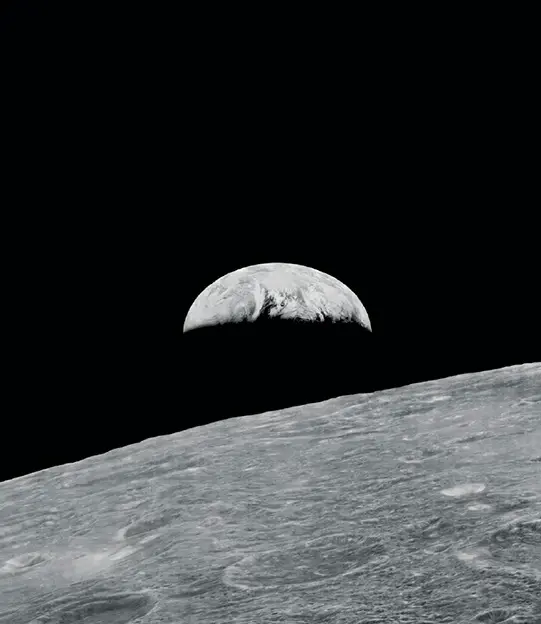The concept of “selfies,” where individuals capture their own images, extends intriguingly into the realm of space photography. This unique form of photography, which we can term ‘Earth selfies,’ offers a profound perspective and context, allowing us to see our planet from a completely different angle.
The journey of capturing Earth from space began with the cameras mounted on German V-2 rockets launched by the US Army in the 1940s. These initial images, captured from sub-orbital flights over the White Sands Missile Range in New Mexico, offered the first glimpses of Earth’s curvature from an altitude of around 100 miles.
As technology progressed, space photography became more frequent with the deployment of the first weather satellites in the 1960s. However, a significant milestone was achieved in 1966 with the launch of Lunar Orbiter I. This spacecraft, part of a series sent to survey the Moon, was tasked with identifying potential landing sites for the Apollo missions. Uniquely equipped with a system to process film negatives and transmit digital images back to Earth, it provided an unprecedented opportunity to capture Earth from deep space.
In a visionary move, the Lunar Orbiter I team persuaded NASA to briefly redirect the spacecraft’s camera from the Moon to Earth. Despite the risks involved in this maneuver, the team succeeded in capturing the first “Earth selfie” from deep space on August 23, 1966. This historic image, showing Earth rising above the lunar horizon, became a sensation, captivating the public and media alike.
These early Earth selfies not only provided new scientific insights but also played a pivotal role in shaping public consciousness. They were instrumental in fostering the burgeoning environmental movement, as they offered a stark reminder of our planet’s fragility and beauty. Today, these images continue to inspire awe and a sense of global unity, reminding us of our shared responsibility to protect our only home.

